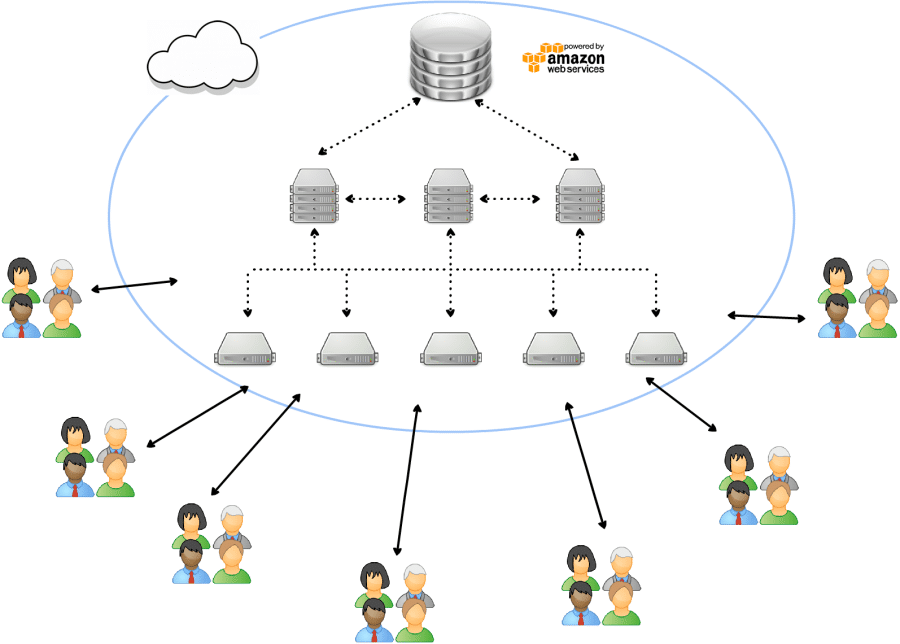HRIT Systems: SaaS vs. Leasing

The following post first appeared in 2018.
Various options for payment do not always equal the same amount. For now, let’s ignore deployment technology (shared vs. dedicated server, hosted vs. on-premises, single tenant vs. multi-tenant, etc.).
So how can you pay for HR systems? At the highest level, you can write big checks up front or you can make monthly payments (or even a combination of both, sometimes). Writing big checks generally means you are essentially buying a software license (actually you are buying a perpetual use license) and paying for associated professional services. You, therefore, “own” the system.
In a traditional SaaS model, you may pay something up front for implementation, but subsequently you make monthly “rental” payments in return for having access to the system. Generally there is a minimum term of maybe a 24-36 month commitment.
Deciding how to pay for the new systems comes down to where the available funds are appropriated — either capital (buy) or operating (rent) funds. You are essentially buying or renting the system, though the contract language may not state either terminology.
There are advantages and disadvantages to both options, and not just related to cost. Often the buy option breaks even with a rental after 2-4 years. At that point rental (again think SaaS) becomes costlier because the high monthly rental fees far exceed the cost of an annual support agreement that is offered in a buy option.
Again, your decision may be dictated by the availability and source of funds. Some organizations can’t write a $100K check but can pay $6,000 a month forever.
SaaS generally requires less internal IT resources and maintenance is 100% on the vendor. Once it is set up, you can forget it. But “buying” the system usually provides multiple deployment options — some more secure than others, which is critical in HR systems.
But we are focused here on acquisition options. Buy vs. rent. There is actually a hybrid option — lease/purchase. Otherwise known as a commercial lease. Typically used for equipment purchases like copiers and computers, most leasing vendors will permit leasing of virtually anything tangible, including software and professional services.
Take a look at the comparison chart below:
| Feature | Lease/Purchase | Purchase | Rental (SaaS) |
| Up-front fees | Low | High | Low |
| Monthly payments | Yes | No | Yes |
| Ownership option | Yes | Yes | No |
| Multiple deploy options | Yes | Yes | No |
| IT resources needed | High | High | Low |
| 5 Yr. Total Cost of Ownership | Moderate | Low | High |
| Upgrades/Updates | Included | Included | Included |
| Typical Funding Source | Capital/Operating | Capital | Operating |
| Typical Term Lengths | 1 – 5 years | N/A | Monthly – 3 years |
As you can see, leasing can offer potentially the best of acquisition options for many organizations.
The primary objection we hear regarding leasing is the interest rate during certain periods of time based on the economic climate. However, whether rates seem high or low, the business should compare the actual monthly payment vs. rental payments in order to fairly judge the value of one model vs. another.
Leasing payments are based on current interest rates, while SaaS payments are based on user counts and whatever % of profit the vendor chooses to charge. In the end, only the Total Cost of Ownership counts.
When selecting to lease a new software solution, clients can choose to finance the entire cost of the system or pre-pay any portion (i.e., professional services), providing even greater flexibility.
In a capital lease, at term end your company takes full ownership of the license. You can choose to continue using the product and just pay for a support agreement, or sunset it if the system no longer meets your business needs. If you opt for an operating lease, the monthly payments usually are lower but you are presented with a fair market value (FMV) purchase option when the lease is paid off. With business software, FMV can range from as little as $1.00 to some % of the original purchase price. If you opt out of the purchase option you must discontinue use of the system, though most leasing companies will provide ample buyout incentives.
Leasing requires credit approval, though in our experience virtually every application is approved for legitimate organizations. Lease rates generally will not vary based on credit worthiness, unless there are significant credit issues with the company.
Options to lease are available for commercial, not-for-profits, and government accounts. Leasing may not be the best option for some companies, but it is always worth considering.






